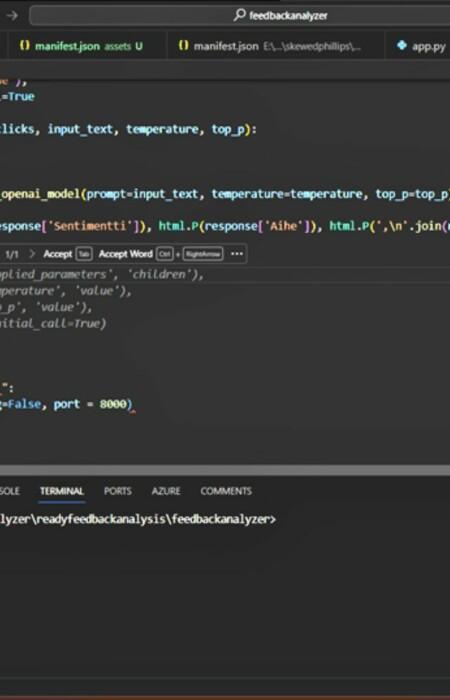Splunk 8.2 Cloud Administration
This 4-day (18 hour) hands-on course prepares administrators to manage users and get data in Splunk Cloud. Topics include data inputs and forwarder configuration, data management, user accounts, and basic monitoring and problem isolation.
The course provides administrators with the skills, knowledge and best practices for data management and system configuration for data collection and ingestion in a Splunk Cloud environment to maintain a productive Splunk SaaS deployment.
Koulutusmuoto
Remote
Kesto
4 päivää
Hinta
2000 €
- Splunk Cloud overview
- User Authentication and Authorization
- Index Management and Data Retention
- Splunk configuration files
- Cloud Ingestion - Using Spunk forwarders
- Forwarder management
- Data inputs in detail
- Cloud Ingestion - Use API, Scripted, HEC and Applications
- Event Parsing with data preview
- Manipulating raw data
- Installing and managing applications
- Problem isolation and working with Splunk Cloud support
To be successful, students should have a solid understanding of the following courses:
- Splunk Fundamentals 1
- Splunk Fundamentals 2
OR the following single-subject courses:
Module 1 - Splunk Cloud Overview
- Describe Cloud topology
- Describe tasks managed by the Splunk cloud administrator
- List the primary differences between Splunk Cloud and Splunk Enterprise
- List differences between Self-Service Cloud and Managed Cloud
Module 2 - Index Management
Module 3 - User Authentication and Authorization
Module 4 - Splunk Configuration Files
Module 5 - Cloud Ingestion - Using Splunk Forwarders
Module 6 - Forwarder Management
Module 7 - Monitor Inputs
Module 8 - Cloud Ingestion - Using API, Scripted and HEC Inputs
Module 9 - Cloud Ingestion - Application Based Inputs
Module 10 - Fine-tuning inputs
Module 11 - Parsing Phase and Data Preview
Module 12 - Manipulating Raw Data
Module 13 - Installing and Managing Apps
Module 14 - Splunk Cloud Support and Troubleshooting
Appendix Explore diagnostic tools and isolation troubleshooting used to investigate and solve issues



